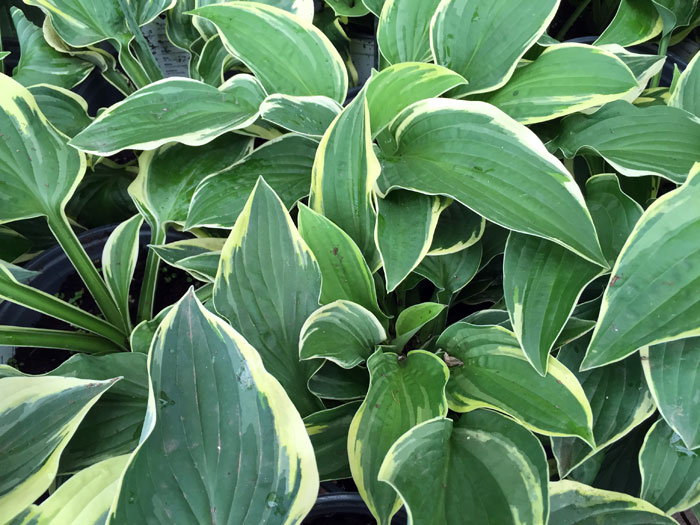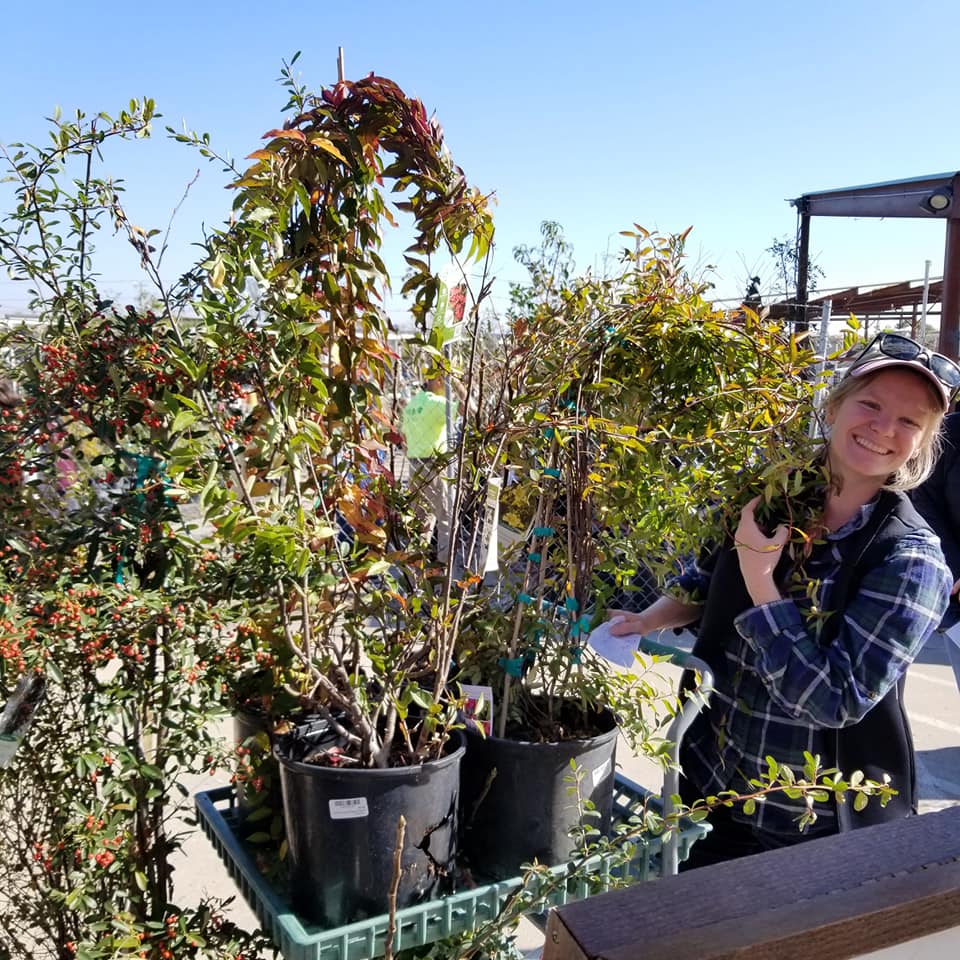Updated:February28,2024 Here at NHG, we know you love pretty blooms that are easy to plant,…
Growing Orchids: A Beginner’s Guide to Orchid Cultivation
Perhaps no flower epitomizes elegance and exotic beauty like an orchid. Orchidaceae is one of our biggest plant families, with tens of thousands of species and hybrids that range from the far northern U.S. and Europe through the tropics to the tip of South America and Africa. Their remarkable range of flower shapes, colors, and sizes means that there is an orchid to appeal to every home gardener and tropical plant enthusiast.
Unfortunately, orchids have a reputation for being hard to grow and easy to kill. But while some orchids can be very demanding, there are many, many beautiful species on the market that are easy to grow and will reward their owners with long-lasting beauty for very little effort.
Most orchids are lovely additions as interior plants and thrive when grown outside, too, and the care requirements are largely the same no matter where you place your orchid. A few simple steps will set orchid growers up for success with their plants year after year.
How to Grow Orchids
First, buy your orchid while it’s in bloom so that you can be sure what the flower will look like.
Large-scale orchid production facilities often grow orchids from seed, but this isn’t a viable option for most home growers. Propagation from seed requires a sterile, carefully controlled environment with specialized lights and growing mediums.
Home gardeners will have more success and greater enjoyment when starting with a healthy, blooming specimen. One popular orchid for beginners is Phalaenopsis, or “moth” orchid, with circular spreading petals resembling the wings of a moth. This hardy variety is readily available in garden centers and even in grocery stores, and it often blooms in the winter with a long-lasting bloom spike that will brighten indoor spaces.
The first thing to do when you bring your orchid home is to enjoy it! Most orchids only bloom once or twice a year, but the blooms stalks will produce a gorgeous display of flowers for two to three months. Many orchids produce many blooms on long, arching stems, and as the blooms develop and the bloom stalk gets heavier, you may want to hold it upright with a small garden stake and horticultural tape or decorative clips.
Watering Needs for Orchids
Correct watering is the first essential for healthy growth. Orchids require regular, thorough watering, then a chance to drain so that they’re never in standing water, then time to dry out before the next watering. Place your orchid in a saucer and water slowly from the top until water runs out the bottom. Let the orchid stand in water for 5 minutes to be sure the growing medium is fully saturated, then pour off any excess water.
It is also helpful to place orchids in a saucer of water on top of a layer of gravel; as the water evaporates, this creates a humid growth environment on which orchids thrive. Water in this way during the growing season, spring through mid-fall. Once-a-week watering is a general rule of thumb, though each plant’s needs vary based on the kind of pot it’s in, the growing medium, and the relative humidity around the plant.
It’s important to evaluate each plant on a case-by-case basis each time you water. As plants go dormant in the winter, reduce watering.
Light Needs for Orchids
The second key to success with orchids is good lighting. Orchids require lots of bright, indirect light. East and south windows are ideal, but north windows often aren’t bright enough, and west windows can be so bright that plants placed there will scorch. Growers who are challenged by low light conditions can also use grow lights with bulbs in the full light spectrum.
Orchids also flourish on covered patios from mid-spring through fall but be careful not to expose orchids to full summer sun. It’s important to watch carefully for watering; the warmth and air circulation on patios may cause plants to dry out sooner and require watering more often. Orchids can be left on a patio until temperatures fall to near 50 degrees. In fact, cooler temperatures and shorter days may signal orchids to bloom.
How (and When) to Repot Orchids
When all the blooms have died, go to the base of the bloom stalk and clip it off. Now is the time to evaluate if the plant needs to be repotted. Keep in mind that orchids prefer to have their roots somewhat snug in the pot, so they don’t need to be repotted very often. They also require excellent drainage and air circulation; the #1 mistake amateur orchid growers make is to let the roots stand in soggy soil.
Specialized orchid pots have dime-sized holes in the sides to facilitate air circulation, and with a variety of colors and sizes available, they are a good investment. Orchids also do well in unglazed terracotta pots, which absorb excess moisture and allow airflow.
If it is time to repot an orchid that has overrun its container, begin by selecting a pot that’s slightly bigger than the current pot. Remember: orchids are slow growers, and they do best with the roots snugly held in the pot, so the new pot shouldn’t be too big. Ease the orchid out of its original pot and, using clean, sharp shears, tidy up the root mass.
Orchids constantly grow new roots, and old roots slowly die; healthy roots are easy to identify because they have a silvery sheen (the “velamen,” which absorbs moisture and protects roots from excess heat and moisture loss) and a pointed green growing tip. Remove any soggy, blackened, or dried roots and any withering or yellowed leaves (generally the oldest leaves at the base of the plant). This is also the time to divide plants that are crowding the pots due to the growth of new offshoots.
Different orchids produce new growth in various ways; the American Orchid Society (https://www.aos.org/orchids/additional-resources/) has excellent illustrations of various techniques used to vegetatively divide overgrown plants.
With a new pot on hand and the orchid tidied up, it’s time for repotting. The third essential element for orchid success is to use the correct growing medium. Orchids can be grouped into two broad groups based on their soil requirements: those that grow in chunky bark mixtures and those that like a mixture of well-draining soil and moss.
Information is available online about specific soil requirements for each species, and if you’re not sure what growing medium is best for your plant, there are commercial orchid mixes that work for a broad range of plants. When re-potting, hold the orchid centered in the new pot, then gently settle growing medium around the roots and tamp it down. Water thoroughly, then add more growing medium as needed.
Fertilizer Needs for Orchids
Finally, correct fertilization is essential to promote healthy plants and beautiful blooms. Orchid-growing mediums contain very few nutrients, so regular feeding is necessary. Liquid fertilizers, mixed at ½ the recommended strength, can be applied every other week in place of regular watering.
Orchids will also benefit from being misted with a dilute solution of fish emulsion or seaweed extract. Fertilize during the growing season – from early spring through mid-fall – but as plants go into dormancy in the winter, do not fertilize, and do not fertilize plants that have just finished blooming or that have been repotted for six months. Another helpful monthly maintenance tip is to wipe the leaves with a damp cloth to reduce dust and water spots.
The Best Sidekick For Your Texas Landscaping and Gardening Projects
North Haven Gardens carries a wide selection of orchids and related products in our tropical greenhouse, and our Garden Advisors are ready to introduce you to your first orchid. If you’d like to keep up with the latest arrivals, including beautiful additions to our tropical greenhouse, sign up for our weekly e-newsletter at https://www.nhg.com/newsletter-signup/.



